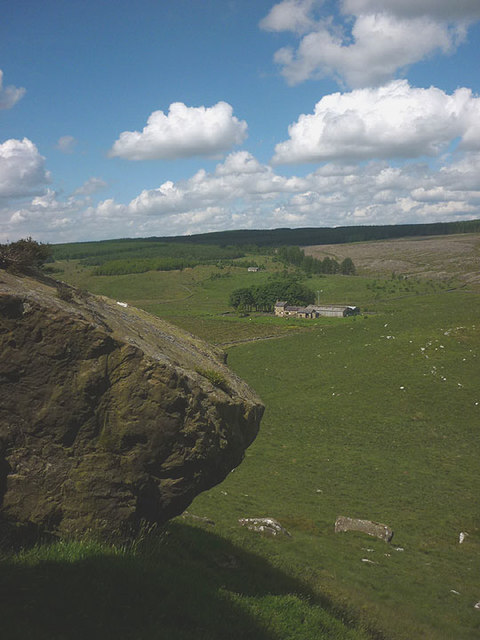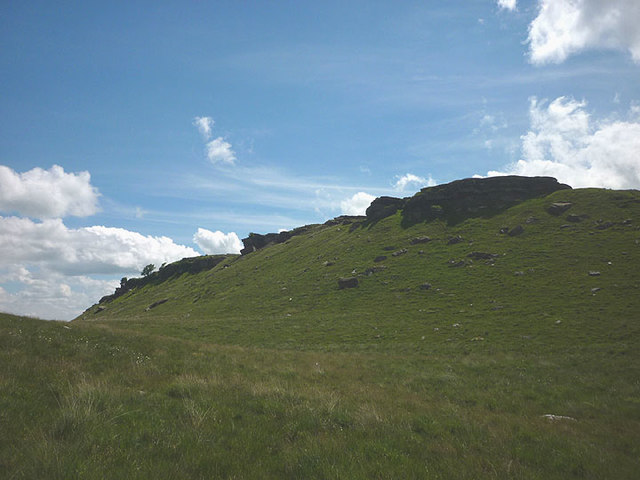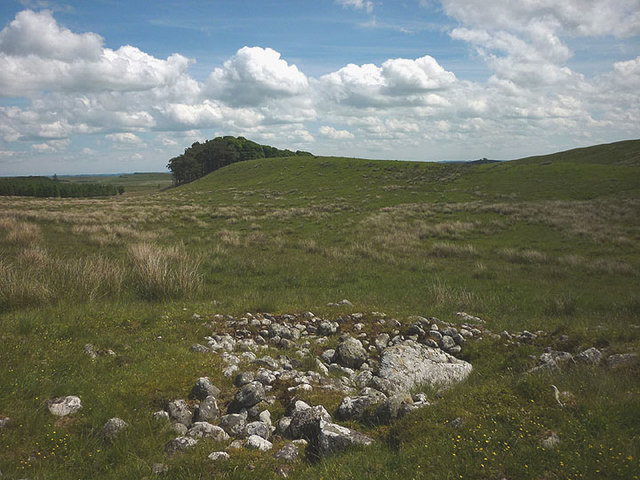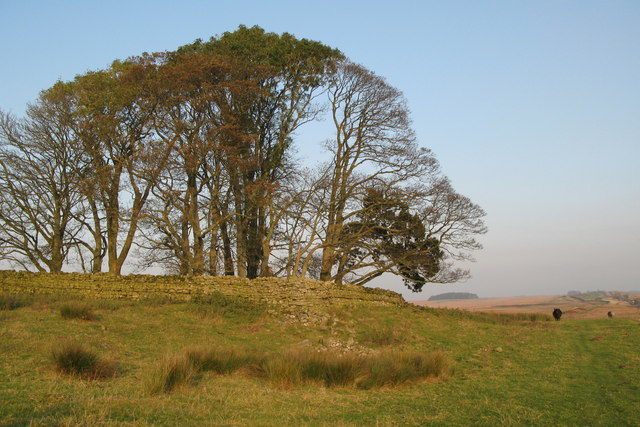Halleypike Lough
Lake, Pool, Pond, Freshwater Marsh in Northumberland
England
Halleypike Lough
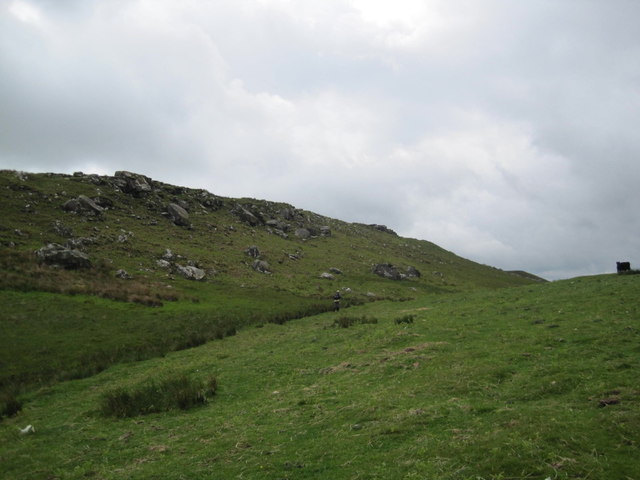
Halleypike Lough, located in Northumberland, is a picturesque freshwater lake nestled amidst the stunning natural beauty of the region. Spanning an area of approximately 10 acres, it is often referred to as a "loch," a term commonly used in Scotland to describe a lake. Surrounded by rolling hills and lush greenery, the lough promises a serene and tranquil atmosphere for visitors seeking a peaceful retreat.
The crystal-clear waters of Halleypike Lough are fed by nearby streams and springs, ensuring a constant flow of freshwater. The lake is relatively shallow, with an average depth of around 6 feet, making it an ideal spot for various water-based activities such as fishing, boating, and kayaking.
The lough is home to a diverse range of aquatic flora and fauna, with several species of fish, including perch, pike, and roach, inhabiting its waters. Additionally, the surrounding marshy areas provide a haven for a variety of bird species, making it a popular destination for birdwatchers.
The area surrounding Halleypike Lough is well-maintained, with designated walking trails that allow visitors to explore and appreciate the natural beauty of the region. A small picnic area nearby provides an opportunity to relax and enjoy a meal amidst the tranquil surroundings.
Overall, Halleypike Lough in Northumberland offers a delightful blend of natural beauty, recreational activities, and abundant wildlife, making it an enchanting destination for nature lovers and outdoor enthusiasts alike.
If you have any feedback on the listing, please let us know in the comments section below.
Halleypike Lough Images
Images are sourced within 2km of 55.041371/-2.2975234 or Grid Reference NY8171. Thanks to Geograph Open Source API. All images are credited.

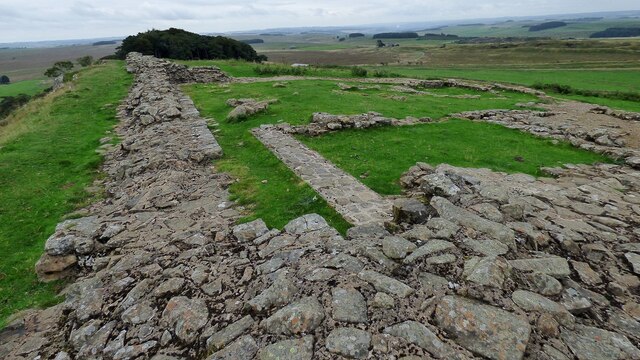



Halleypike Lough is located at Grid Ref: NY8171 (Lat: 55.041371, Lng: -2.2975234)
Unitary Authority: Northumberland
Police Authority: Northumbria
What 3 Words
///putts.tingled.windpipe. Near Bardon Mill, Northumberland
Nearby Locations
Related Wikis
Halleypike Lough
Halleypike Lough is an inland lake on Haughton Common at the southern edge of Northumberland National Park, northeast of Bardon Mill, and 1 mile (1.6 km...
Milecastle 34
Milecastle 34 (Grindon) was a milecastle of the Roman Hadrian's Wall. There are no visible remains, but the site is within a small, tree-filled, walled...
Milecastle 35
Milecastle 35 (Sewingshields) is one of the milecastles on Hadrian's Wall (grid reference NY80497018). The remains still exist as exposed masonry. ��2...
Milecastle 33
Milecastle 33 (Shield on the Wall) was a milecastle of the Roman Hadrian's Wall, one of a series of small fortlets built at intervals of approximately...
Nearby Amenities
Located within 500m of 55.041371,-2.2975234Have you been to Halleypike Lough?
Leave your review of Halleypike Lough below (or comments, questions and feedback).
